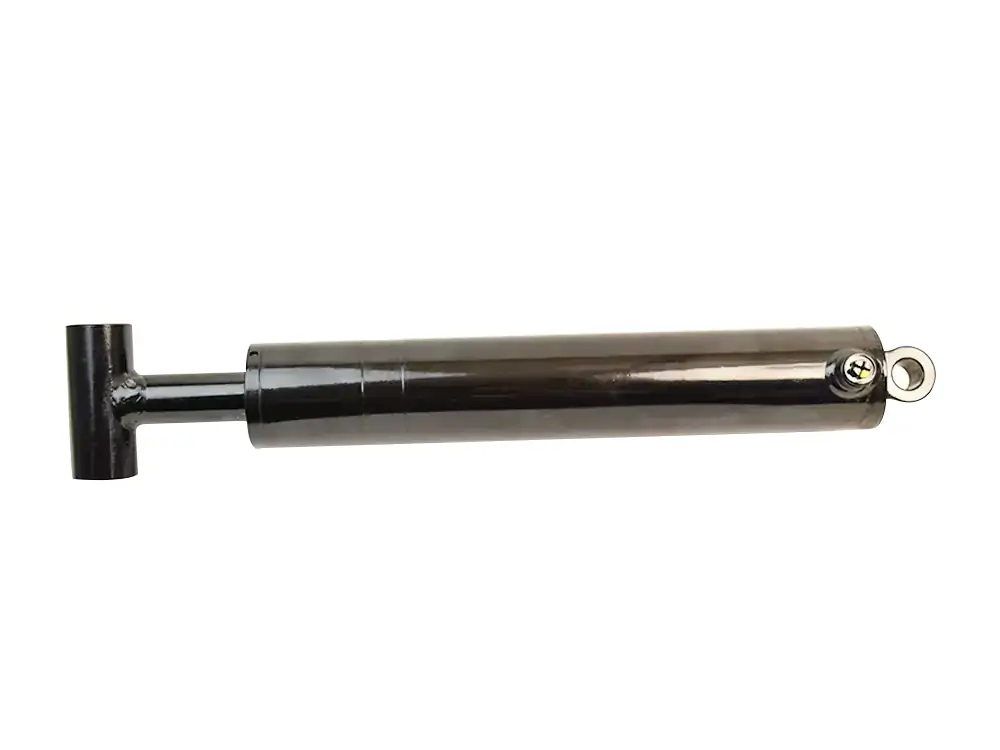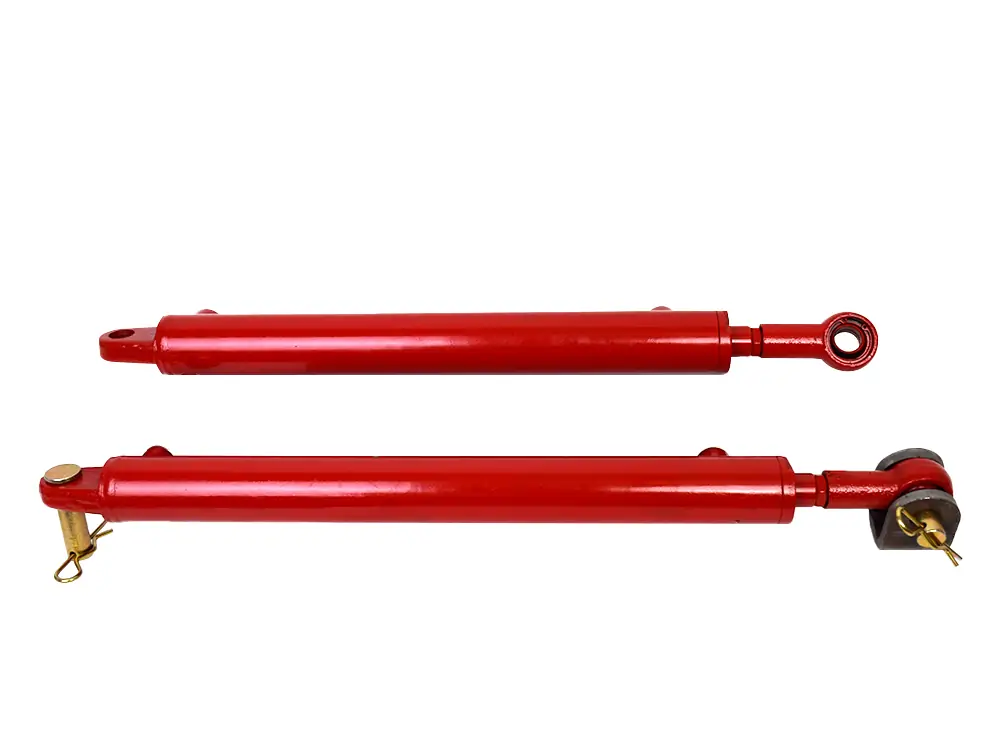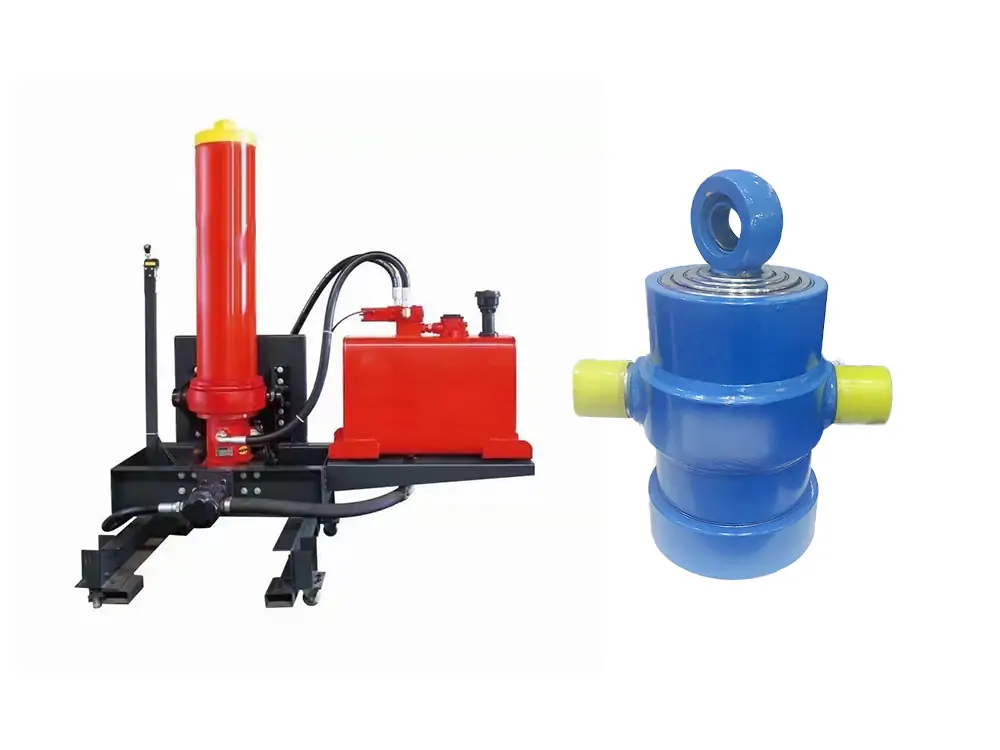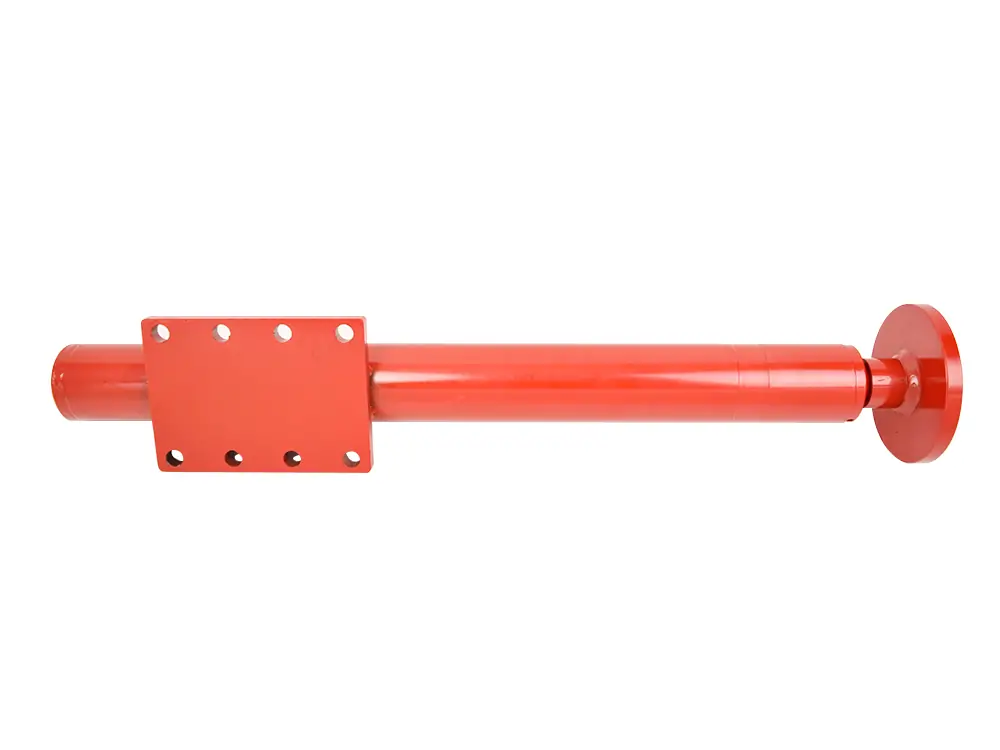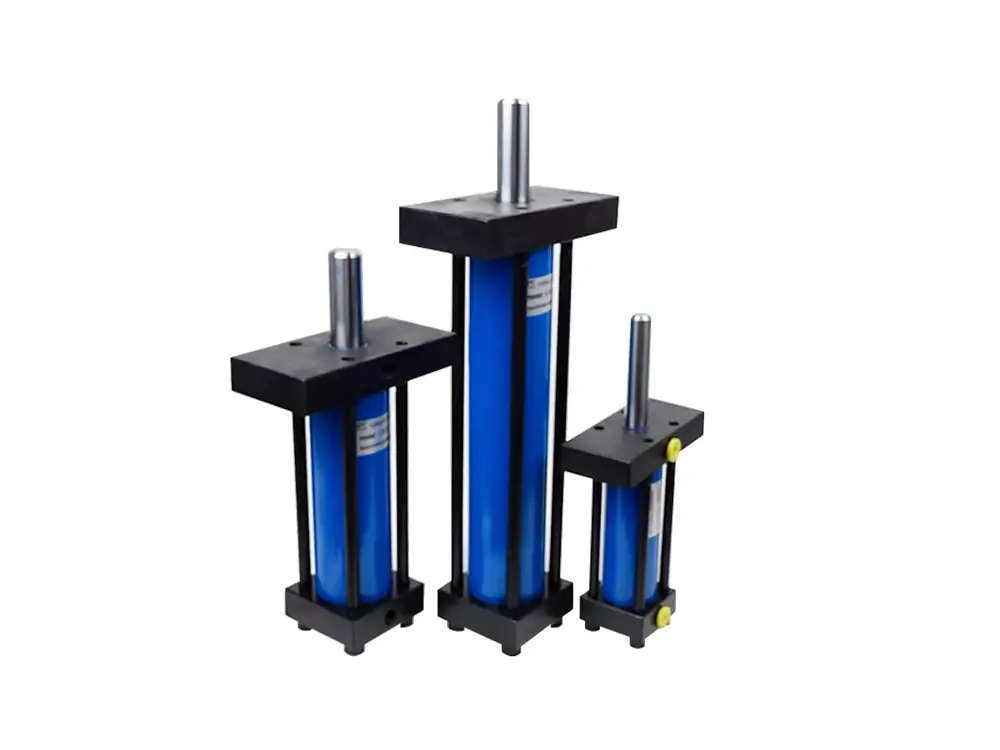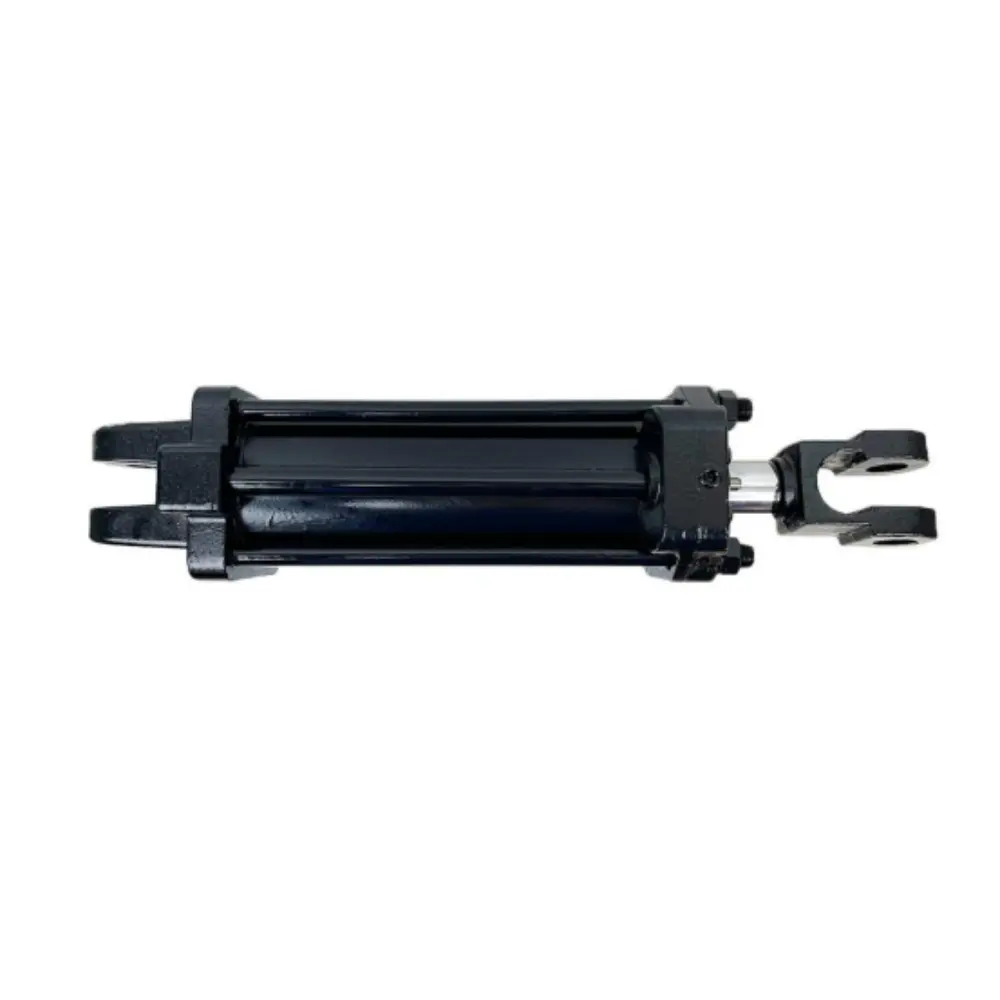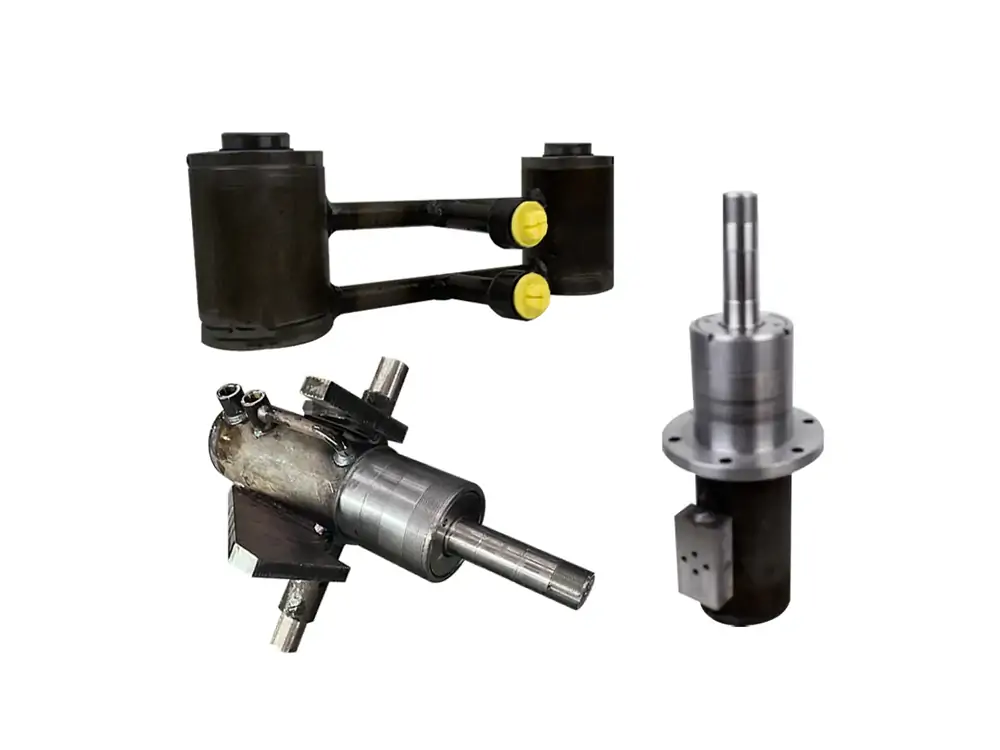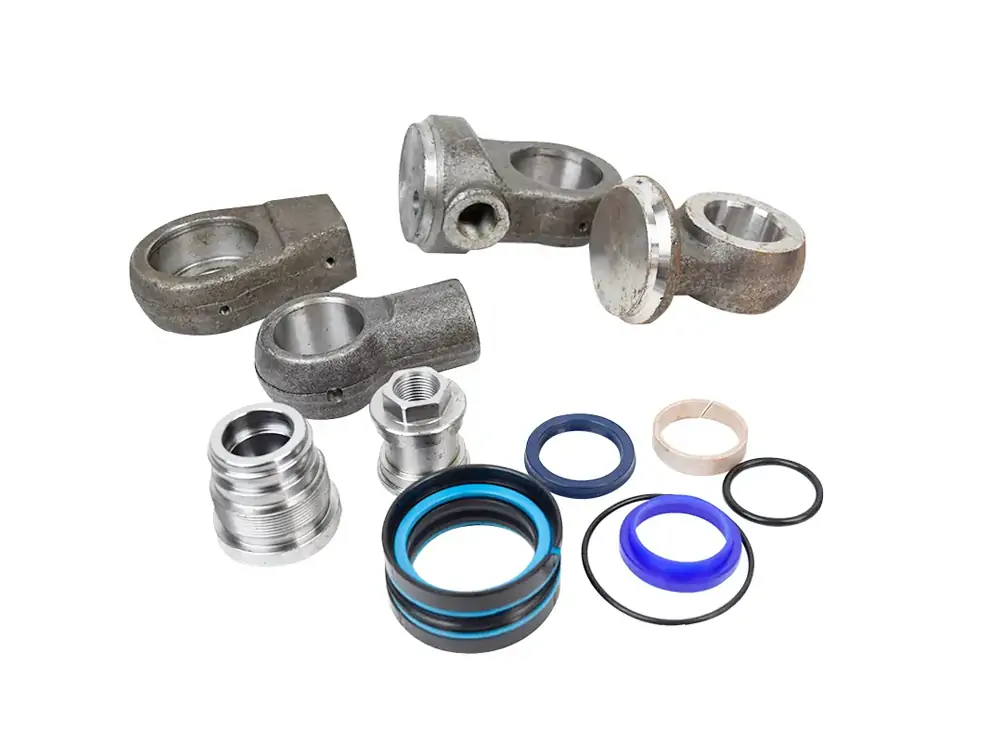Pressure drops. Leaking of the fluid through the hydraulic cylinders. Visible cracks and dents. All these factors are often visible in the superficial look. But a careful review of your hydraulic cylinder decides whether it needs rebuilding.
What if it needs to be rebuilt? Don’t be a noobie, and come with power-packed solutions. Bring instant results to your efforts by deploying crucial solutions. Do you want to know all the necessary steps to rebuild a hydraulic cylinder?
This guide dives deep into the hydraulic cylinders and explores various steps required to rebuild them.
Essential List of Tools to Rebuild a Hydraulic Cylinder
Before showing off your expertise, dive into the number of tools required for the hydraulic cylinders. One of the common examples of the tools is wrenches.
Let’s dig up the necessary checklist of tools for a hydraulic cylinder.
Wrenches and Socket Set
Hydraulic Cylinders are fixed with the nuts and bolts. You need a standard wrench and socket set to open or tighten up. Consider the different types of wrenches, ranging from adjustable to socket wrenches, for your purpose.
Seal Kit
The Seal kit helps replace the damaged seals in the hydraulic cylinders. It includes various types of seals, such as:
- O-rings
- Rod seals
- Wear rings
- Piston seals
Seal Pick and Removal Tools
Pick and remove your seals easily with the seal pick and removal tools. They present a safe removal concept without risking the cylinder’s components.
Snap Ring Pliers
Snap rings hold various components of hydraulic cylinders in place. To either fix them or remove them, you must bag the snap ring pliers procuring premium quality.
Torque Wrench
To fix the nuts and bolts at the specific torque, you might need the torque wrenches. They ensure better safety during fixation and provide instant results to the users.
Hydraulic Cylinder Hone
Are there any irregular surfaces inside the cylinder bore? Eliminate the scratches or wear signs with the hydraulic cylinder hone.
Piston Remover
Remove your piston safely from the cylinder with a piston remover. It is a no-brainer, even if you are a noobie.
Rubber Hammer
You can avoid damaging the cylinders with a simple tapping. Therefore, get a rubber hammer that guarantees safety.
Bench vise
Bench vise helps secure the cylinder efficiently and enjoy a flawless rebuilding of your hydraulic cylinders.
Cleaning Supplies
Before or after the rebuilding, clean the components with the cleaning supplies. The cleaning supplies include Lint-free rags, degreaser, and compressed air.
Lubricants
You can lubricate the seals and parts of the hydraulic cylinders during the reassembly and bring in the expected results. The premium quality lubricants confirm this task efficiently.
Measuring Tools
Taking measurements of various components of the hydraulic cylinders can dig out the expected results. So, bring in the perfect measuring tools that offer precise measurements for the hydraulic cylinders.
Steps required to rebuild a hydraulic cylinder
If you want to rebuild your cylinders, make it a hassle-free task by following the expert’s steps on this aspect. You must know various steps and enjoy the flawless working as below:
Step 1: Disassemble the Hydraulic Cylinder
Disassembly is the first step in rebuilding the hydraulic cylinder. It involves the following crucial points.
- Stabilize your cylinder. Do you have a stable place where the cylinder gets fixed? A stable ground is sufficient to keep your heavy-duty cylinders. Exert manual efforts to stabilize the cylinder on the ground.
- Use quality wrenches. Wrenches plays out a crucial role in loosening the nuts and bolts. It helps disassemble the various hydraulic cylinder components.
- Clean the parts. Get your cleaning supplies ready to prepare each component. Cleaning the various parts can assist in diagnosing the damages visible on the hydraulic cylinder.
When disassembling, use the safety measures to avoid damage to your body. Avoid injuries and prevent the usage of inefficient tools.
Step 2: Inspect and Replace Components
Now starts the tasks where you can disclose your expertise. Inspection and replacement is the crucial part of the hydraulic cylinder.
Offer the following reviews:
- Inspect Seals and O-Rings. Take a comprehensive review of the seals and o-rings. Confirm if any of them are damaged or not. If the parts are damaged, you can replace them with the quality ones.
- Evaluate Piston and Cylinder Tube. Assess the piston functionality and check the cylinder tube. If there are blocks, remove them immediately. If there are leaks in the tube, don’t worry. Come up with sealing options to avoid the leaks. For scratches, you must follow the honing process of the hydraulic cylinders.
Step 3: Reassemble Parts
Before you assemble the components, confirm if there are any untreated scratches. If there are, get them treated instantly.
Otherwise:
- Clean the components. Open your cleaning supplies and pass them thoroughly through each element. Clean them efficiently with your good quality liquid and supplies.
- Lubricate. Some components of hydraulic cylinders get rusty and might need lubrication. As a safety factor, you can lubricate all components of the hydraulic cylinders.
Have you cleaned the hydraulic cylinders? Now is the time for the reassembly.
- Check the perfect replacement and compatibility of the components.
- Use the right tools.
- Join parts and replace them with efficient functionality.
Step 4: Test
Invest time in the assessment once you have done all the reassembly efforts. It will give an idea of whether your assembly is perfect or not. Moreover, you can replace or rebuild parts to avoid accidents.
- Pressure Test. Assess the pressure of the hydraulic cylinder. When applied, confirm whether it can handle the pressure. Also, check for any leaks in the cylinder during the pressure testing functions.
- Operational Check. If the pressure is accurate, attach the cylinder to the excavator. Perform multiple testing tasks for the operational functionality.
Step 5: Final Maintenance
Adjustment of settings and maintenance can play a crucial role in extending the lifespan of your hydraulic cylinders.
Go for:
- Adjustment. Check the hydraulic cylinder features and adjust it as per your needs. Try various tactics to optimize the functionality and performance of the hydraulic cylinders.
- Maintenance Schedule. Set a schedule for the inspection. Follow the weekly or monthly inspection and cleaning schedule for your hydraulic cylinders.
Tips to enhance the longevity of your hydraulic cylinders
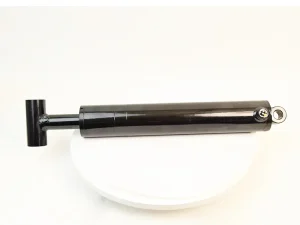
If you often interact with the hydraulic cylinders problems, that can be a headache. But don’t worry; show your creativity with the perfect testing and easy repair of your hydraulic cylinder components. We have added tips on rebuilding the hydraulic cylinder!!
Double-check if you have all the necessary tools.
First of all, check your bag and confirm the availability of all the necessary tools. But there is one more thing to understand— compatibility and quality.
All tools must be efficient for disassembly, cleaning, assembly, and relevant tasks. Better check their functioning before you operate them for your final fixing.
Involve experts
You might not be an expert on rebuilding. Sometimes, it is the first attempt to rebuild your hydraulic cylinder.
You might mistake and injure yourself due to unexpected accidents with a beginner’s approach.
Any solution? Talk to the experts with years of experience and involve them. Make your attempt in their presence.
Never Forget the Testing
Testing scans whether you have done the right job or not. Technically, you can’t ignore it.
Apply pressure tests to know if your hydraulic cylinder can handle the pressure. Moreover, check the operational functionality. Try your hydraulic cylinder on various occasions and see if it performs as expected.
If there is any problem, you can rectify it and eliminate your concerns. Enjoy the flawless functionality with effective results.
Follow the manufacturer’s instructions.
Do you have the manufacturer’s manual guide? It can give ideas on:
- Components of the hydraulic cylinders
- Materials of the different components
- Operational tips
- Maintenance ideas and strategies for the hydraulic cylinders
- Assembly and disassembly tips
Request the manual book if you don’t have the manufacturer’s manual. Read it til the last page and understand the overall functioning of the hydraulic cylinders.
Go for regular inspection and maintenance.
Regular inspection and maintenance can do wonders for the users.
- It can regulate the performance of various components of hydraulic cylinders.
- You can get the new looks with the regular cleaning.
- It successfully elevates the glamor of your hydraulic cylinders.
All these aspects guarantee a long life and better operations of your hydraulic cylinders. Set a routine cleaning job for your hydraulic cylinders and assess them promptly. Fetch instant results and slash the incurred repair prices.
Conclusion
Hydraulic Cylinders are robust tools with stainless steel or metallic construction. It is less likely they get damaged. However, small scratches and leaks occur due to hectic functionality. However, proper inspection and assessment keep them alive.
There is another option— buy better quality hydraulic cylinders.
QY hydraulics can be your one-stop solution for premium hydraulic cylinders. Our guaranteed quality promises an extended life. Plus, the pressure and force applications are smooth and easy to do. Check out the best hydraulic cylinders now!

